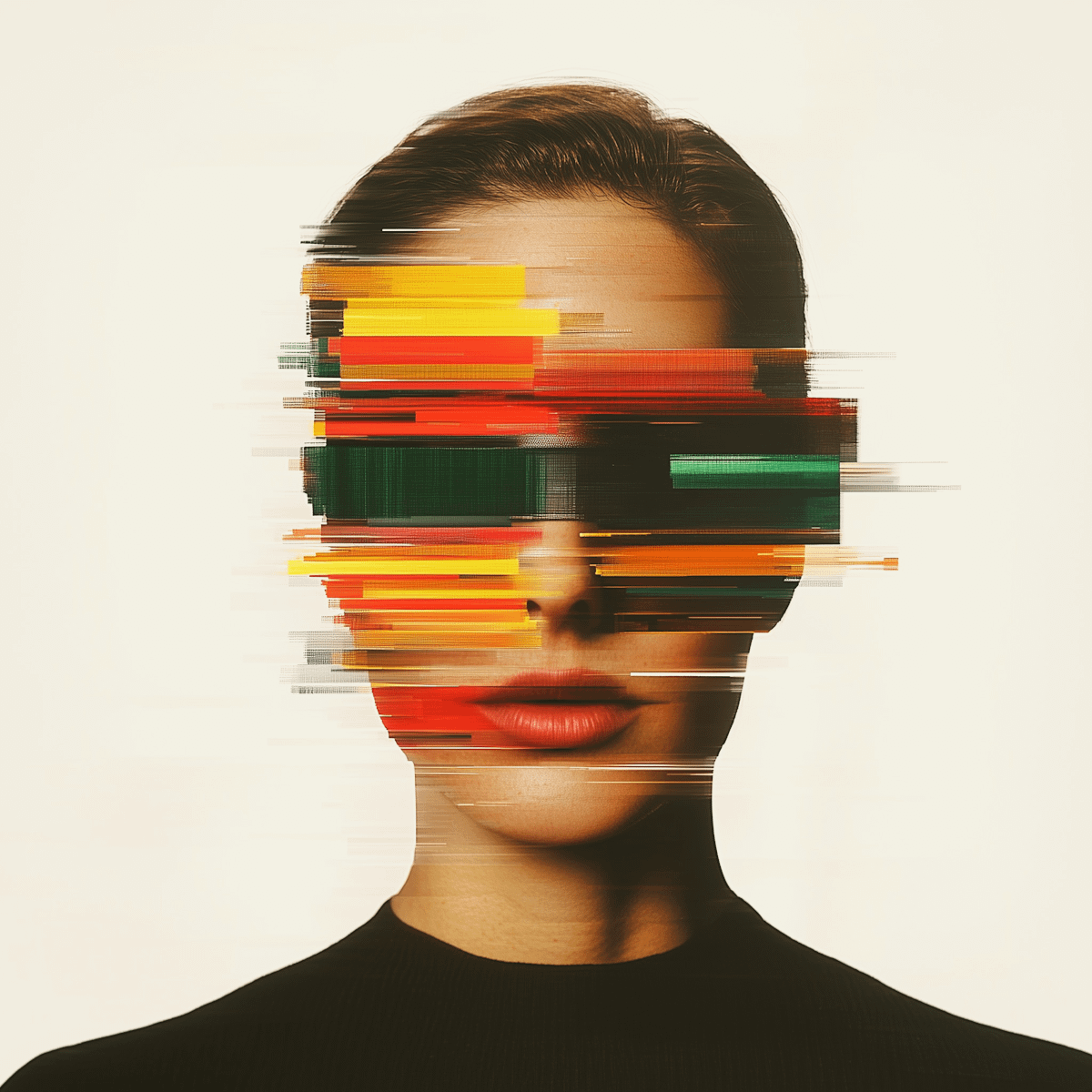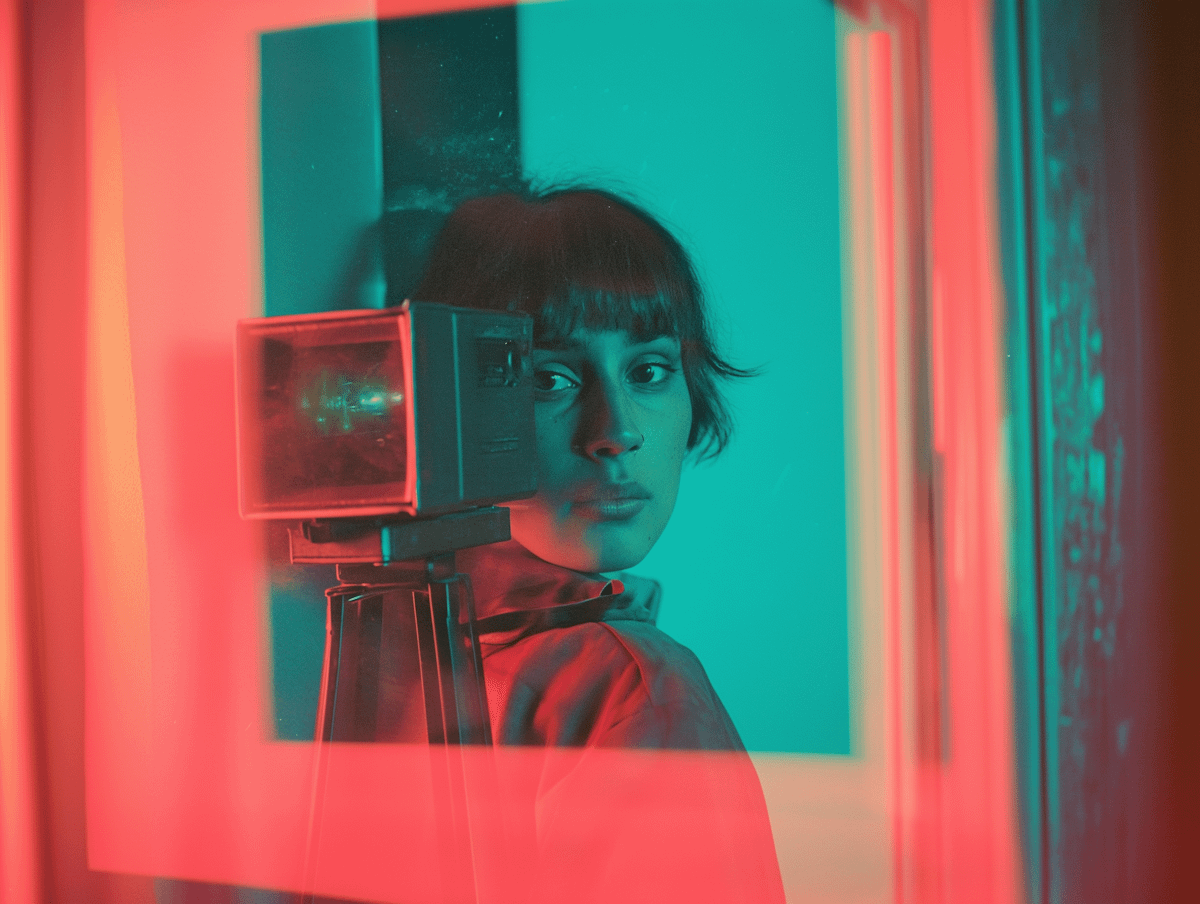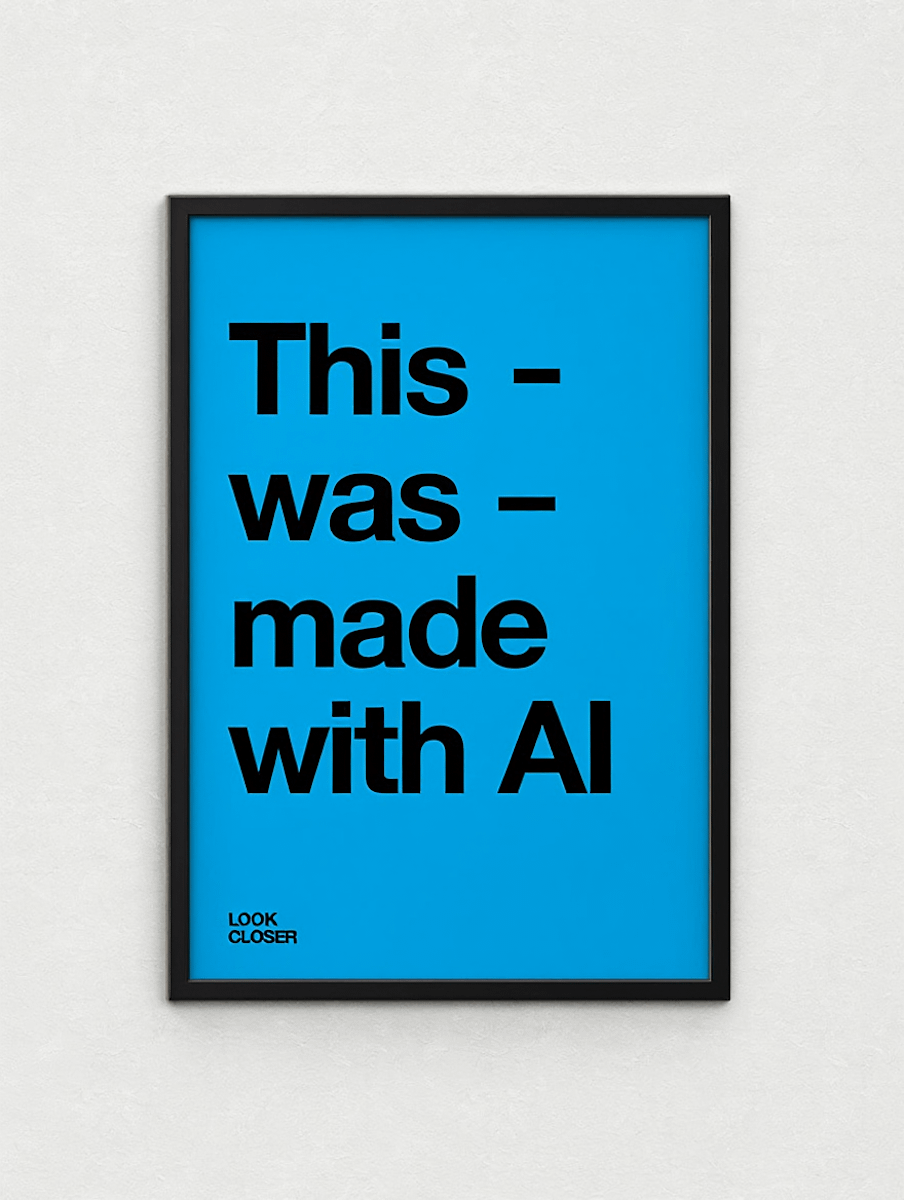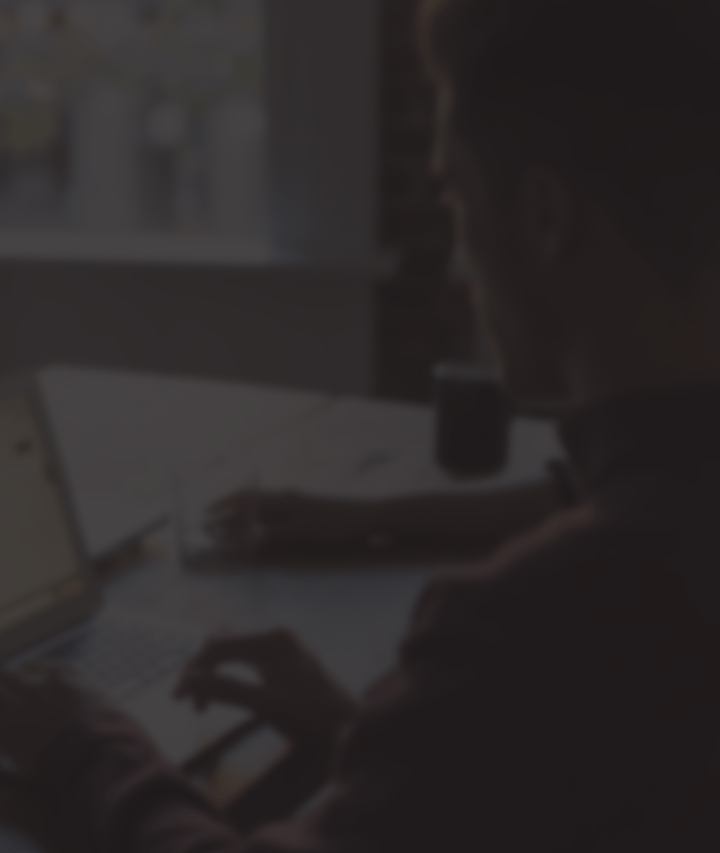
AI generated art has raised serious questions about ownership, creativity, and control. While some argue that AI is simply the next tool for artists, like digital cameras, iPads or Adobe Photoshop, the court system currently classifies AI generated art very differently. An IP lawyer explains what you need to know about art ownership and artificial intelligence.
What Is AI-Generated Art?
AI generated art is an image that is generated with assistance from AI, meaning an algorithm that can learn using data inputs. From edited selfies set in fantastical landscapes to projects that develop new abstract paintings based on input from the MoMA, AI art has become a popular mechanism by which people seek to express themselves. Some of the most common tools for AI generated art include:
- Midjourney
- DALL·E
- Stable Diffusion
- Leonardo AI
- Fotor
- Craiyon
However, once AI has played a role in making an image, there are certain considerations that creators need to know. While you may be tempted to use AI to develop branding for your business or as a creative project, once you use an algorithmic generator, what comes out may be treated differently than artwork made with any other tool.
When Does Copyright Law Come into Play with AI Art?
Human-AI collaboration is a growing field, and how it will be regulated by the court system when challenges arise remains to be seen. However, currently the US Copyright Office holds fast to the principle that purely AI-generated art cannot be protected under copyright law. AI creativity vs human creativity remains a line in the sand under current understandings of authorship. Once the art has been created by a generator, it enters the public domain.
What Is the Human Authorship Requirement?
You might argue that many of the same questions around AI also apply to photography. A machine, namely a camera, made the artwork while carrying out a human’s artistic intent. In some cases with digital photography, all the artist did was push a button – sound familiar? However, the US Supreme Court has previously upheld copyright protections in photography, but not in AI generated art. The Court in Burrow-Giles Lithographic Co. v. Sarony held that there was “no doubt” the Constitution’s Copyright Clause permitted photographs to be subject to copyright. This is because “they are representatives of original intellectual conceptions of the author.”
The human authorship principle is a key distinction in AI generated artwork. The Court defines an “author” as: “he to whom anything owes its origin; originator; maker; one who completes a work of science or literature.” Furthermore, the copyright is “the exclusive right of a man to the production of his own genius or intellect.”
An author must be human to qualify for protections under US copyright law.
Can You Copyright an Image Created by a Machine?
Creating an image using an artificial intelligence art generator is currently not protected by US copyright law. Additionally, AI generated video or writing is not eligible for copyright protections either. However, if you yourself created the work or image and then used AI assistance in editing, you may be able to copyright the image. The question often hinges on who made the initial image, and not how it was subsequently changed, scaled, or adapted.
Notable Cases Shaping AI Art Law
Many people have already sought to challenge the court’s human authorship standard and expand copyright protections. Some notable cases include:
The ‘Monkey Selfie’ Case and Its Surprising Impact on AI Ownership
When a macaque monkey named Naruto took a nature photographer’s camera and snapped a now-iconic photo of himself, questions arose about who should own the copyright to the image. Can a monkey own a copyright, since he created the image? The Courts decided that while Congress can expand protections under law to non-humans, there is no evidence that this currently applies to copyright law. Therefore, the monkey could not own the copyright, and the human photographer, David Slater, was determined to be the legal owner of the monkey selfie.
This case is significant because it explores copyright protections when they involve both a human and non-human collaborator. The 2015 monkey selfie case pre-dates AI, but creates an important legal precedent that establishes only humans have the right to copyright protection.
Théâtre D’opéra Spatial: Why the Copyright Office Rejected It
When artist Jason Allen won a state fair art competition with an image called “Théâtre d’Opéra Spatial”, no one knew that the image was actually made using Midjourney, an AI art generator. The artist later disclosed his use of AI, which caused serious controversy in the art world. His attempt to subsequently copyright the image was rejected by the copyright office.
Jason Allen argued that the work involved significant human authorship, including at least 642 revisions to the text prompts in order to arrive at the initial image as designed by Allen, as well as his subsequent work on Adobe Photoshop to remove flaws and create new visual content. The copyright office decided ultimately that his additions were not enough to qualify for human authorship, and only “inextricably merged” his own work and Midjourney’s.
Stephen Thaler’s Lawsuit and the Definition of “Author”
Jason Allen is not the only artist arguing that some AI generated artwork is the work of human AI partnership, and thus should be eligible for copyright claims. In a lawsuit, Stephen Thaler argued that work created by his algorithm, called “the Creativity Machine”, should be considered eligible for copyright protection with the algorithm as the sole owner and himself as the claimant. The case goes on to argue that the natural meaning of “author” is not necessarily human. The Court has rejected Dr. Thaler’s contentions, holding that among other concerns, the Copyright Act is designed for property protection, and machines cannot hold property.



Who Owns AI-Generated Work?
Different international protections may be possible for AI generated work. In the United States, the default position is no ownership for AI generated work. However, in the European Union, China, and in other countries, it may be possible to claim some ownership even when AI image generators were used. For this reason, working with an art lawyer is especially important when handling international claims or usage issues.
Is AI a Tool or a Creative Collaborator?
AI remains a relatively new tool, and questions persist around its usage. Is AI art really art, and can AI be truly creative? The answers remain to be seen. Many artists see its value as a creative collaborator, pointing out that AI can accelerate human design and development. On the other hand, studies have begun to emerge that may challenge this understanding of AI as a productive addition to human creativity and workflow. Using AI may lead to “cognitive offloading”, meaning that those who use it may be less likely to substantively adapt or engage with the ideas and content it generates.
How Courts and Lawmakers Might Adapt to AI
As of January 2025, the US Copyright Office has released a report qualifying their earlier stance on AI assistance and copyright. The report, titled “Copyright and Artificial Intelligence, Part 2: Copyrightability, allows some flexibility in AI art laws. Artists may copyright their own work that they made with some assistance from AI, but purely AI generated art remains ineligible. According to the report, whether “human contributions to AI-generated outputs are sufficient to constitute authorship must be analysed on a case-by-case basis.” Working with a lawyer for artists can help you present your case for copyright if you need assistance proving what degree of human authorship was involved in your case.
Ethical Concerns About AI in Law
Artificial intelligence creating art has raised many questions in our greater society. Artificial intelligence is known to have issues with bias, accuracy, and privacy. Creating art is an attempt at human expression, and at communicating a certain point of view. AI has the capacity to insert its own “point of view”, whether through AI hallucinations or simply through material that it has been fed through the algorithm. Furthermore, because AI has been developed off the backs of human artistry, its use raises serious considerations about whether or not artists may have copyright protections over the materials used in the algorithm.
Contact an Experienced Lawyer if You Have Questions About AI and Your Copyright
If you have questions about artificial intelligence and art or about handling your AI art ownership claim, an intellectual property lawyer may be able to help. At The Fried Firm, our copyright law attorneys work with creative clients to find dependable, workable solutions to the problems faced by artists and creators in today’s landscape. Contact us today.

 Trusted Content
Trusted Content

